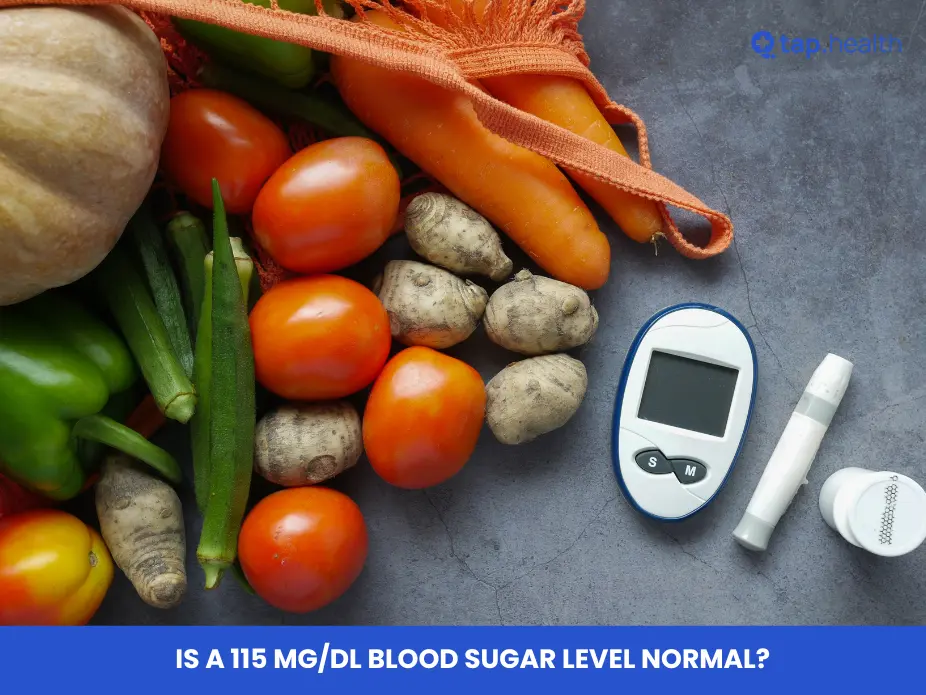Salt is a common ingredient that adds flavor to our food. However, consuming excessive amounts of salt can have negative effects on our health. The impact of excess salt on the body is a topic that needs to be understood to effectively manage our sodium intake. In this article, we will explore the role of sodium in the body, the health risks associated with high sodium intake, and various methods to flush out salt from our bodies, particularly overnight.
Understanding the Impact of Excess Salt on Your Body
The Role of Sodium in the Body
Sodium plays a vital role in maintaining the body’s fluid balance, transmitting nerve impulses, and supporting muscle function. It is an essential mineral that our bodies require to function properly. However, consuming too much sodium can disrupt this delicate balance.
Furthermore, sodium is not just found in table salt but is also present in many processed and packaged foods. These hidden sources of sodium can add up quickly, leading to unintentional overconsumption. It’s important to be mindful of your sodium intake and read food labels carefully to make informed choices about your diet.
Health Risks Associated with High Sodium Intake
High sodium intake has been linked to various health issues, including hypertension (high blood pressure), cardiovascular disease, and kidney problems. Excessive salt consumption can lead to an increase in fluid retention, which in turn puts a strain on the heart and blood vessels. This can contribute to the development of serious health conditions.
In addition to the direct impact on cardiovascular health, excess sodium in the diet can also have negative effects on bone health. High salt intake has been associated with increased calcium excretion through urine, which can weaken bones over time. This is particularly concerning for individuals at risk of osteoporosis or other bone-related conditions.
The Science Behind Flushing Out Salt
How the Kidneys Regulate Sodium Levels
The kidneys play a critical role in regulating sodium levels within the body. They filter out excess sodium and excrete it through urine. Understanding how the kidneys function can help us devise effective strategies to eliminate salt from our bodies.
Within the kidneys, there are specialized structures called nephrons that are responsible for filtering the blood and removing waste products, including excess sodium. These nephrons work tirelessly to maintain the body’s sodium balance, a crucial function for overall health and well-being.
The Role of Hydration in Salt Elimination
Staying well-hydrated is essential for flushing out salt. Drinking an adequate amount of water helps maintain the fluid balance within the body and supports the kidneys in their elimination process. Ensuring proper hydration is crucial for effective salt elimination.
In addition to water, certain foods like fruits and vegetables can also contribute to hydration levels in the body. These foods not only provide water content but also essential electrolytes that aid in maintaining proper fluid balance. Including a variety of hydrating foods in your diet can further support the kidneys in their salt elimination function.
Natural Methods to Flush Out Salt
Dietary Changes for Sodium Reduction
Implementing dietary changes is a practical approach to reducing sodium intake. Opting for fresh fruits and vegetables, whole grains, lean proteins, and low-sodium alternatives can significantly help in flushing out excess salt from the body. Additionally, reducing processed foods and eating homemade meals allows for better control over sodium levels.
Furthermore, incorporating potassium-rich foods like bananas, sweet potatoes, and spinach into your diet can also aid in balancing sodium levels. Potassium helps counteract the effects of sodium, promoting proper fluid balance in the body and supporting kidney function, which is essential for eliminating excess salt.
Importance of Physical Activity in Salt Elimination
Incorporating regular physical activity into your routine can aid in salt elimination. Exercise stimulates sweating, which helps rid the body of excess salt. Engaging in activities such as brisk walking, jogging, or swimming not only promotes overall health but also facilitates the flushing out of salt from the body.
Moreover, strength training exercises can also be beneficial in reducing salt retention. Building muscle mass through resistance training can improve overall metabolism and enhance the body’s ability to regulate sodium levels. Including a variety of physical activities in your routine can contribute to a more effective salt elimination process.
Overnight Techniques to Reduce Sodium Levels
Hydrating Before Bed: Do’s and Don’ts
Hydrating before bed can be beneficial in reducing sodium levels overnight. However, it is important to strike a balance. Drinking a glass of water before bedtime can promote hydration, but excessive fluid intake may lead to disrupted sleep due to frequent bathroom trips. It is advised to consume an appropriate amount of water without compromising sleep quality.
Moreover, the temperature of the water you drink before bed can also play a role in sodium reduction. Opting for lukewarm water can help dilate blood vessels and improve circulation, aiding in the removal of sodium from the body. This simple adjustment to your bedtime routine can have a positive impact on your overall sodium levels.
Sleep Positions to Aid in Salt Elimination
The way we sleep can also affect salt elimination. Sleeping on your left side can enhance kidney function and facilitate the elimination of excess sodium. This sleeping position promotes better blood circulation to the kidneys, allowing them to eliminate salt more efficiently during the night.
Additionally, elevating your legs slightly while sleeping on your left side can further support sodium reduction. This elevation can help reduce fluid retention in the lower extremities, assisting the kidneys in flushing out sodium and maintaining a healthy electrolyte balance. By incorporating these simple adjustments into your sleep routine, you can optimize your body’s natural sodium-regulating processes.
Maintaining a Low-Sodium Lifestyle
Tips for Reading Food Labels
Reading food labels is crucial in maintaining a low-sodium lifestyle. Understanding the nutritional information and ingredients list can help you make informed choices. Look for products with lower sodium content and be wary of hidden salt in processed foods.
When scanning food labels, pay close attention to the serving size as the sodium content listed may be for a single serving, which can be misleading if you consume more than the suggested portion. Additionally, familiarize yourself with the various names for sodium, such as monosodium glutamate (MSG) or sodium bicarbonate, which may be listed in the ingredients.
Low-Sodium Recipes for a Healthier Diet
Experimenting with low-sodium recipes can make a significant difference in reducing salt intake. Incorporating herbs, spices, and other flavorings can enhance the taste of your meals without relying on excessive salt. There are numerous delicious and nutritious low-sodium recipes available for those looking to maintain a healthier diet.
Consider trying out recipes that feature ingredients naturally low in sodium, such as fresh fruits and vegetables, lean proteins like chicken or fish, and whole grains. By focusing on whole, unprocessed foods, you can not only reduce your sodium intake but also increase your consumption of essential nutrients that support overall health.
In conclusion, flushing out excess salt from our bodies is essential for maintaining overall health. Understanding the impact of excess salt, the science behind salt elimination, and implementing various methods can help us manage our sodium intake effectively. By making dietary changes, staying hydrated, and incorporating physical activity into our routines, we can achieve a healthier and well-balanced lifestyle. Remember to consult a healthcare professional before making any significant changes to your diet or exercise regimen.
FAQ’s
1. How can I flush salt out of my body overnight?
You can flush salt out overnight by drinking enough water, eating potassium-rich foods like bananas or spinach, and avoiding processed or salty foods before bed.
2. What drinks help remove excess salt from the body?
Water is the best choice, but herbal teas and coconut water also help flush sodium through natural hydration and electrolyte balance.
3. Can exercise help eliminate salt from the body?
Yes. Sweating during exercise helps remove excess sodium through the skin while improving blood circulation and kidney function.
4. What foods naturally reduce sodium levels?
Potassium-rich foods like sweet potatoes, avocados, and leafy greens help balance sodium, while fruits and vegetables with high water content aid in salt elimination.
5. How long does it take to lower sodium levels in the body?
It depends on your diet and hydration. With reduced salt intake, proper hydration, and light exercise, sodium levels can start to normalize within 24–48 hours.



